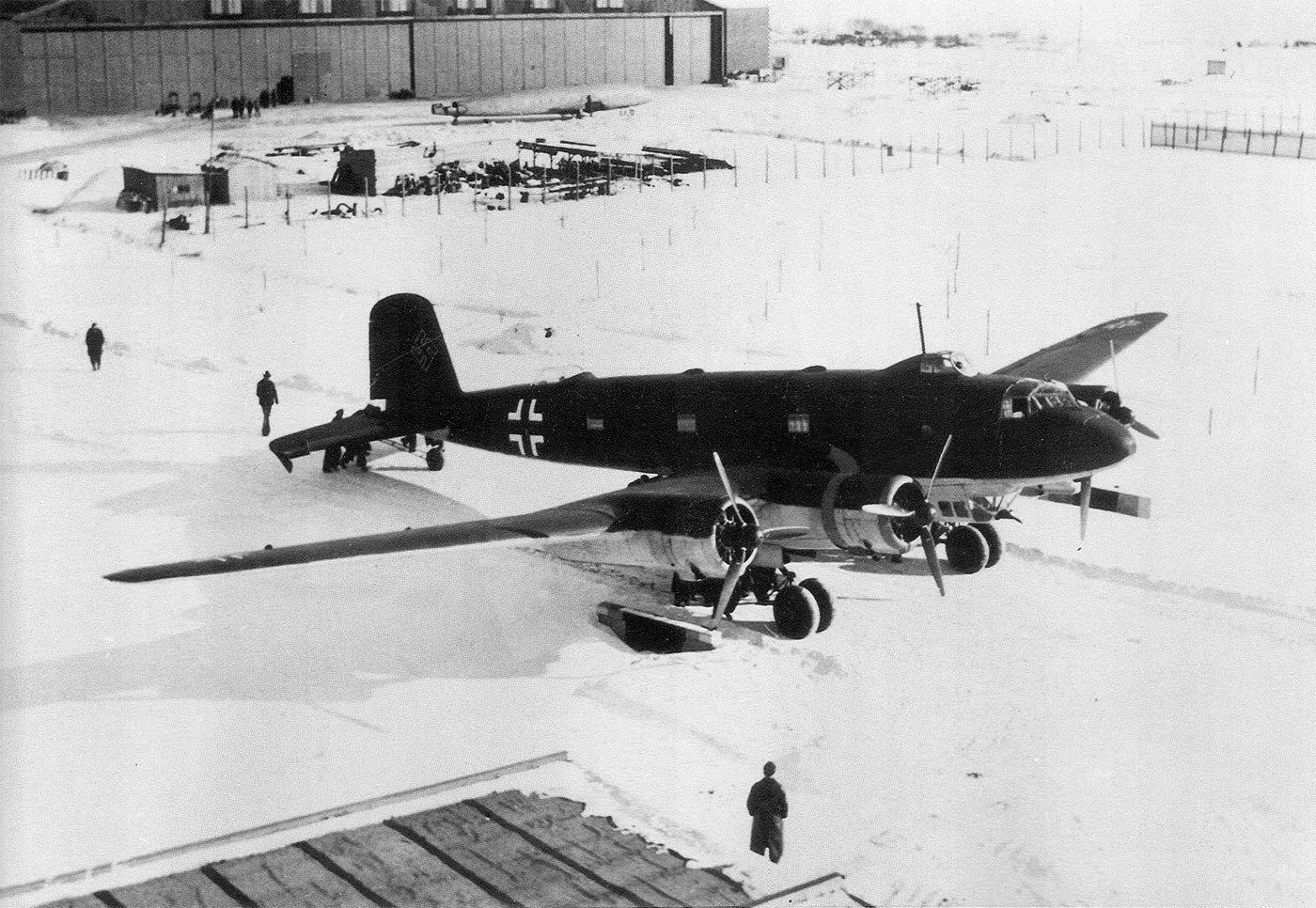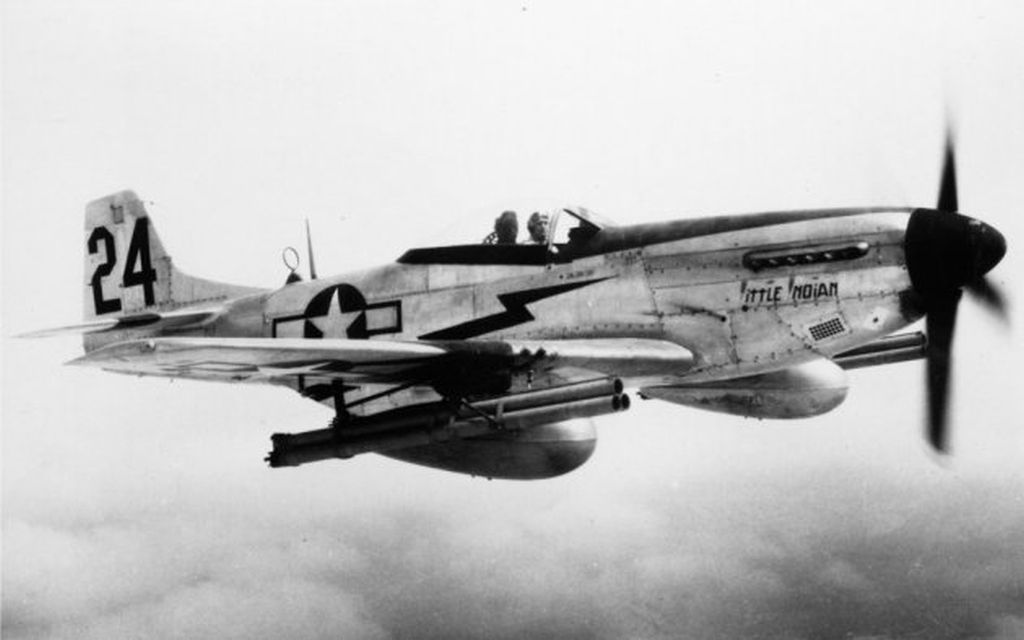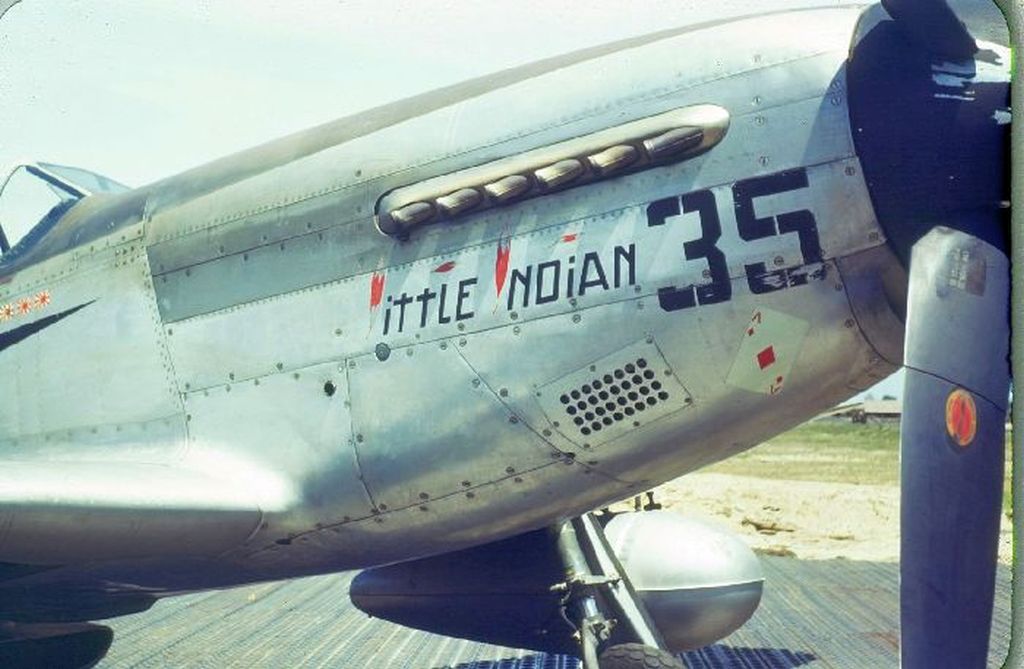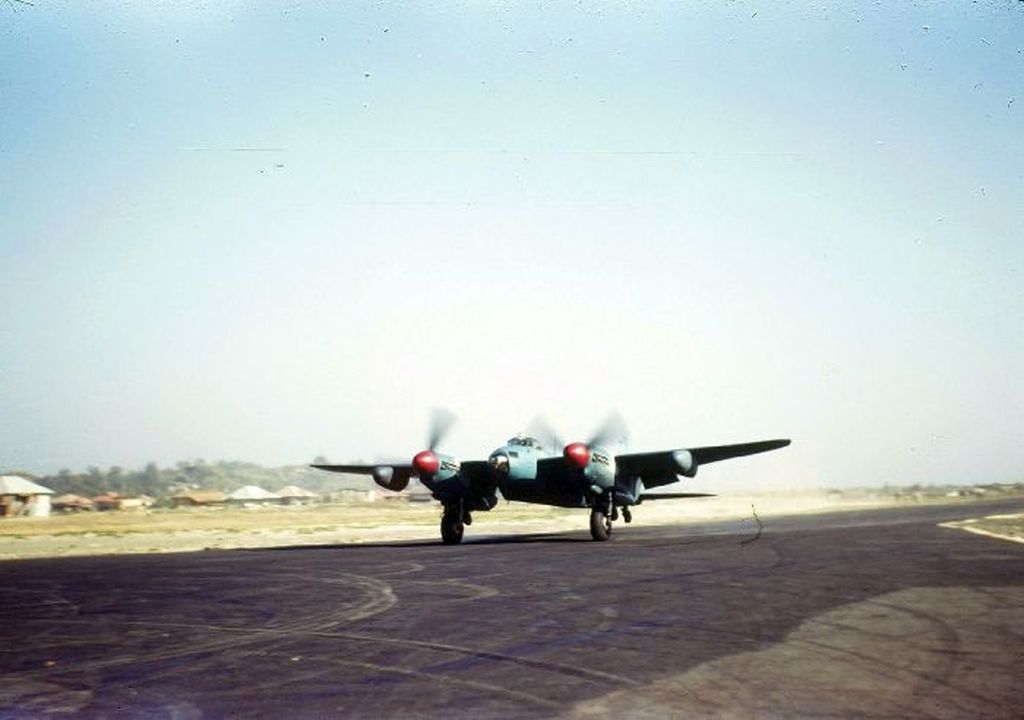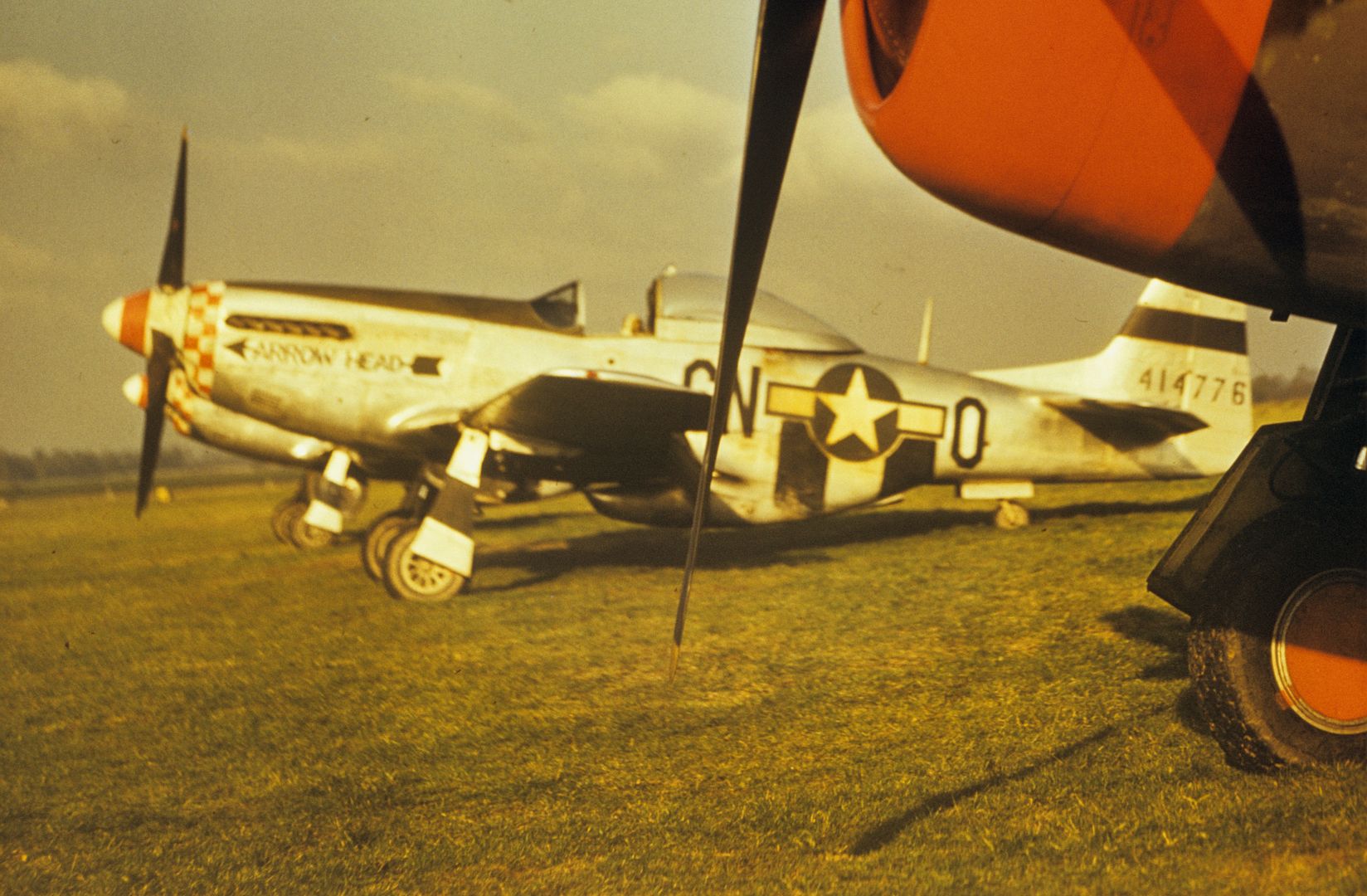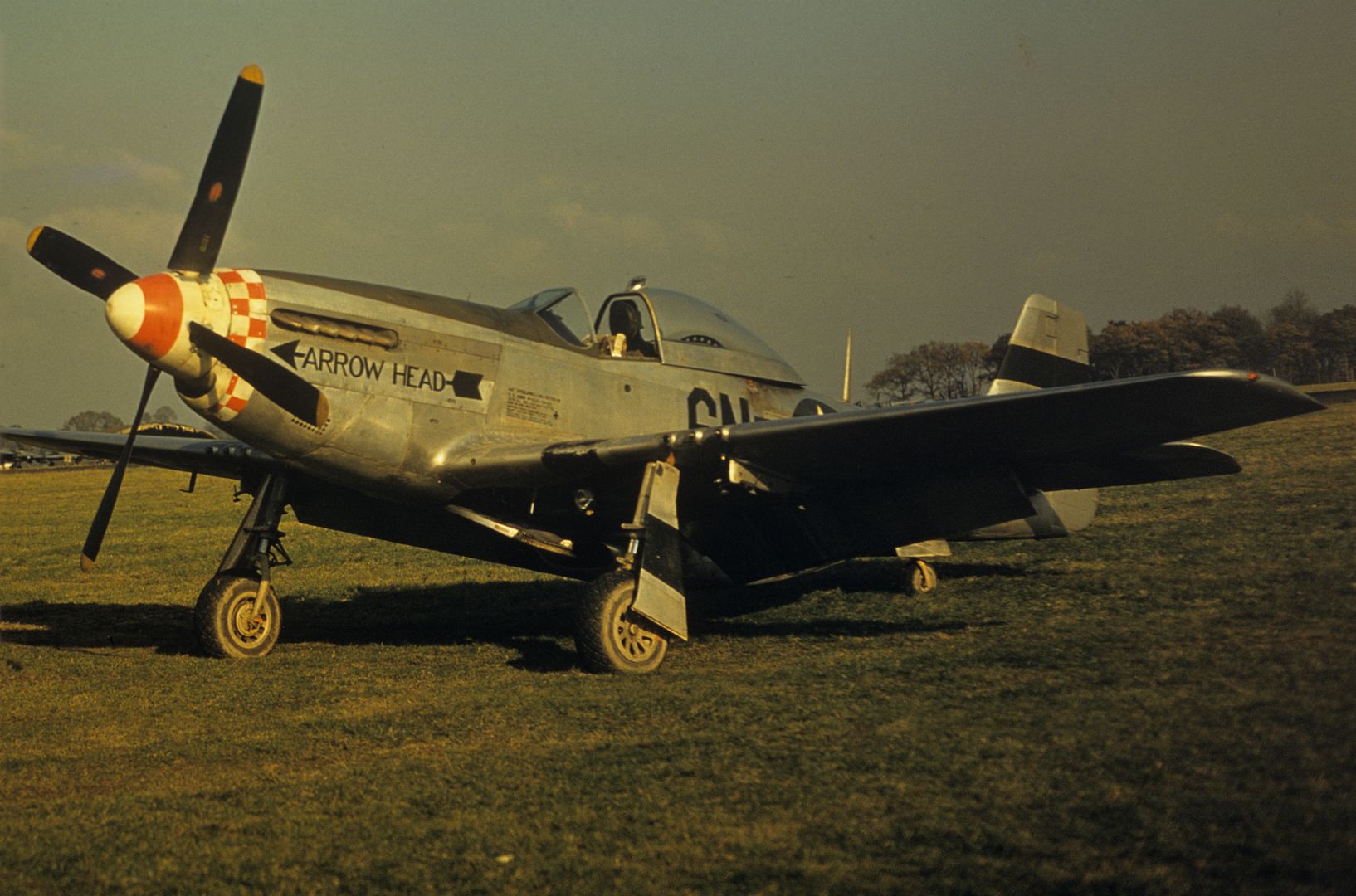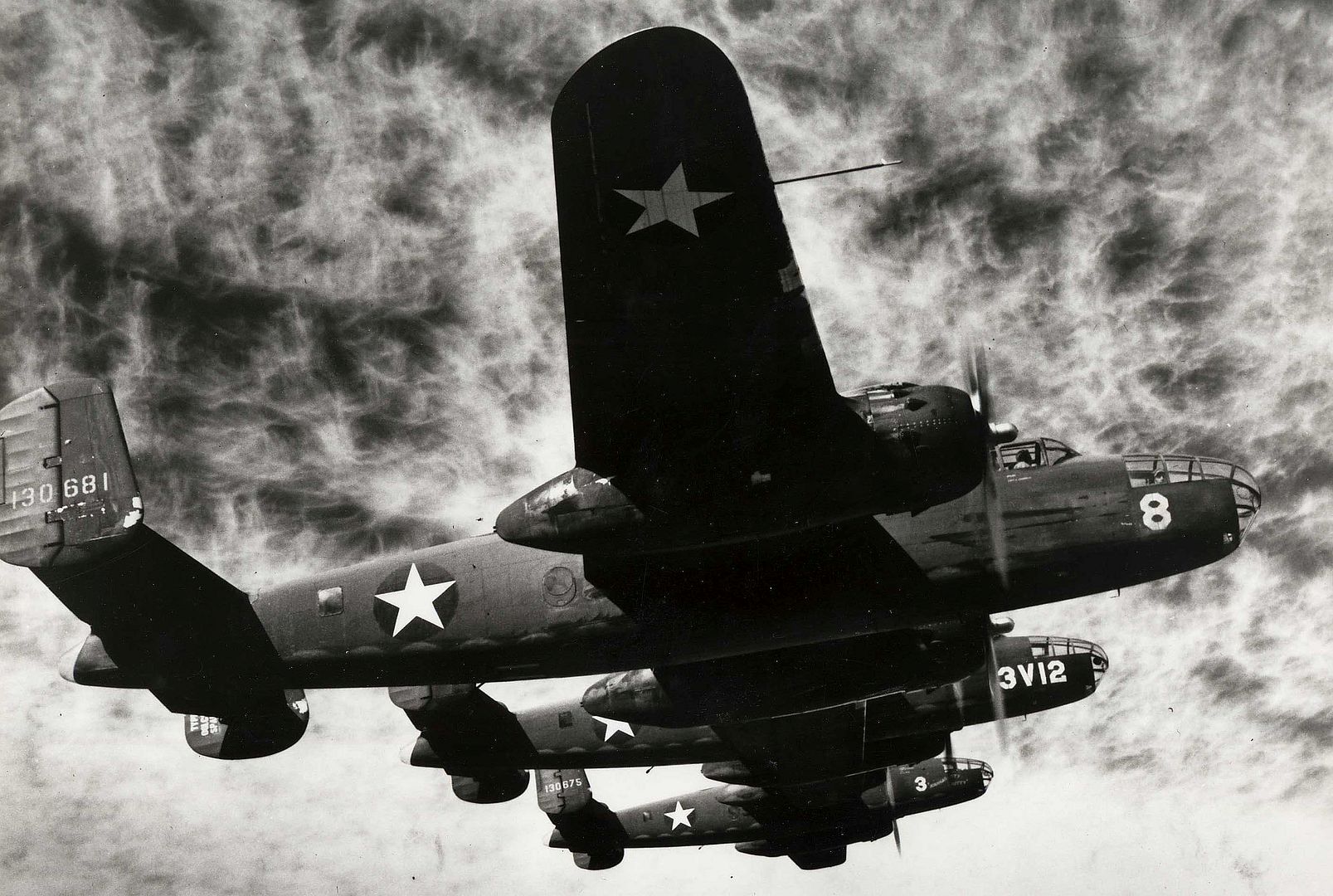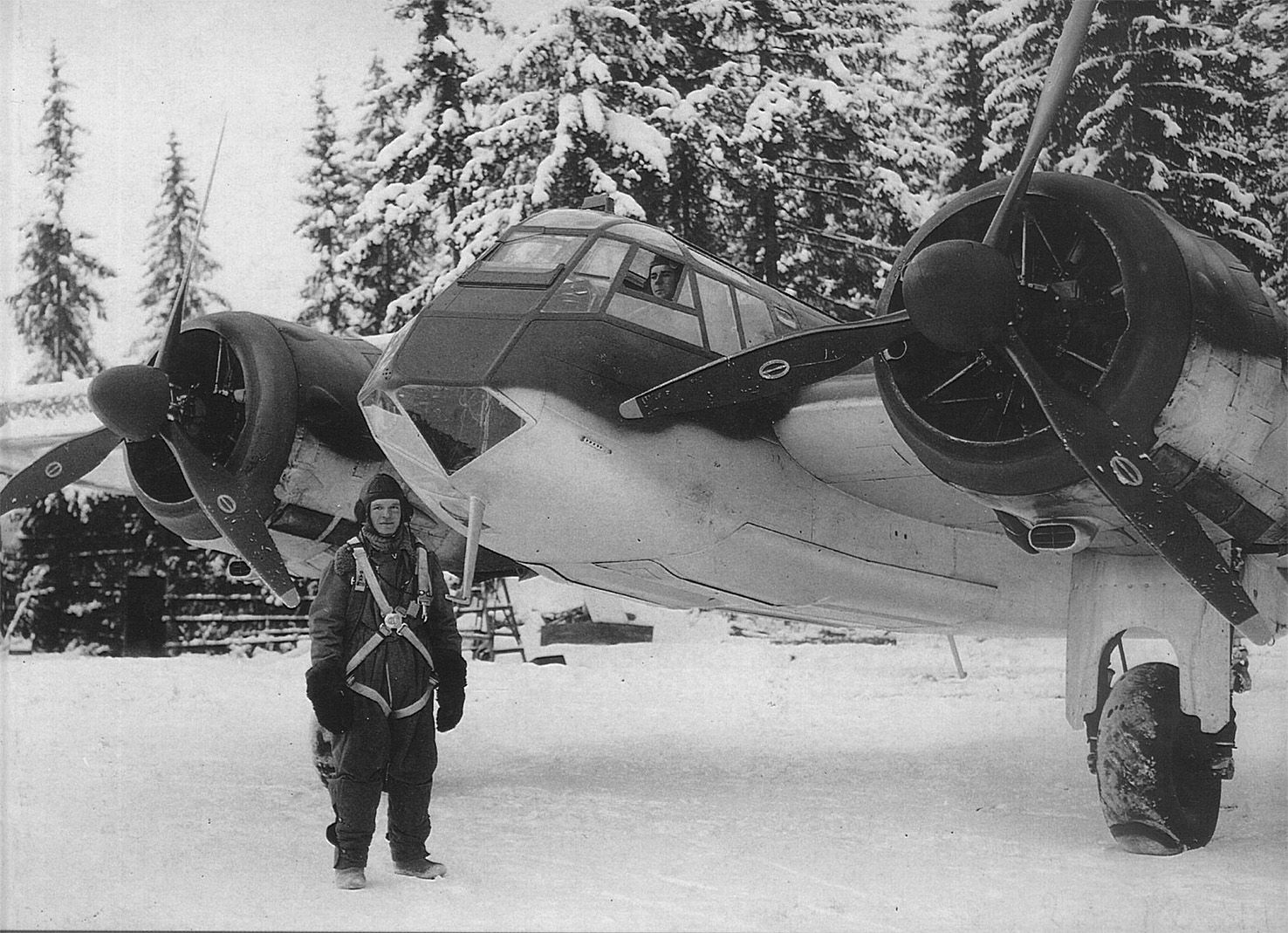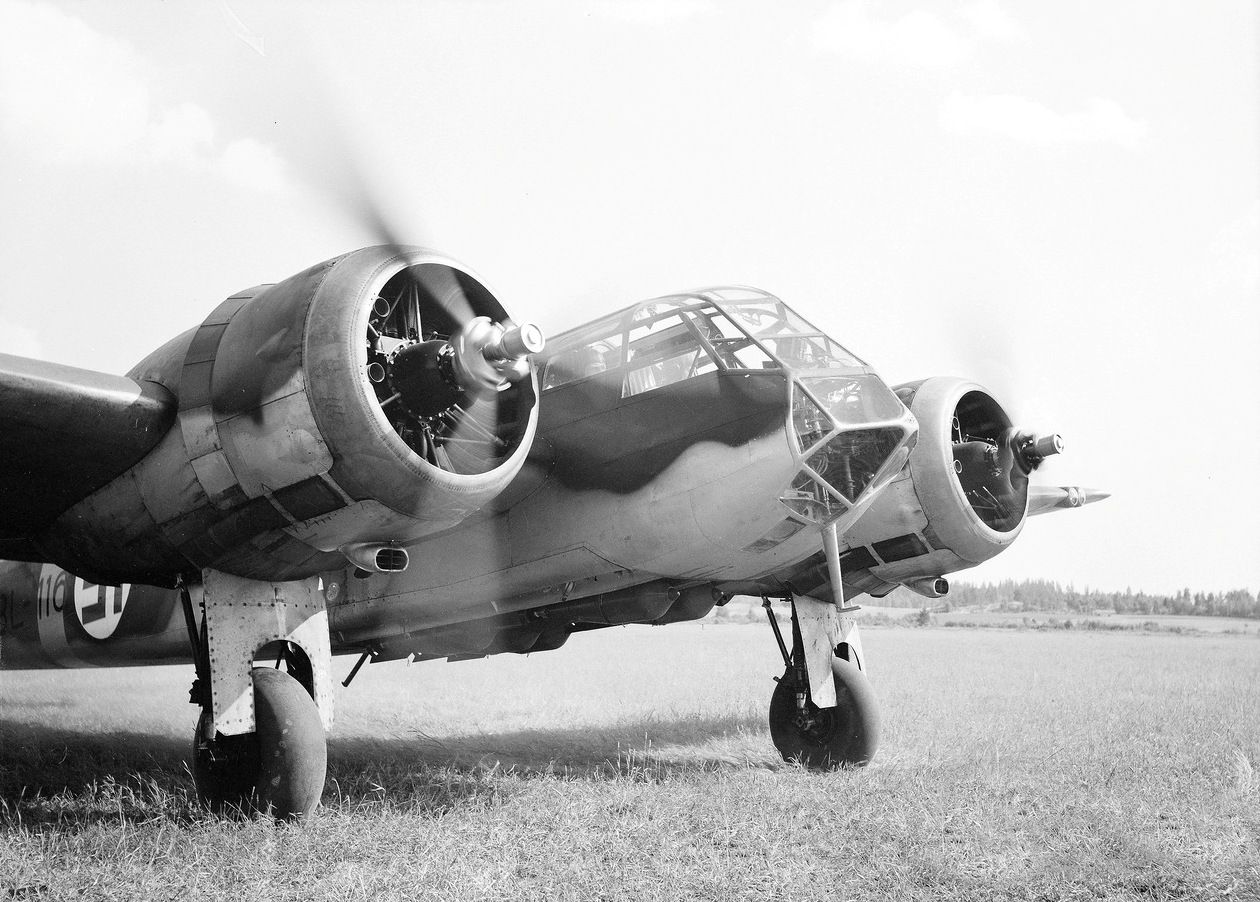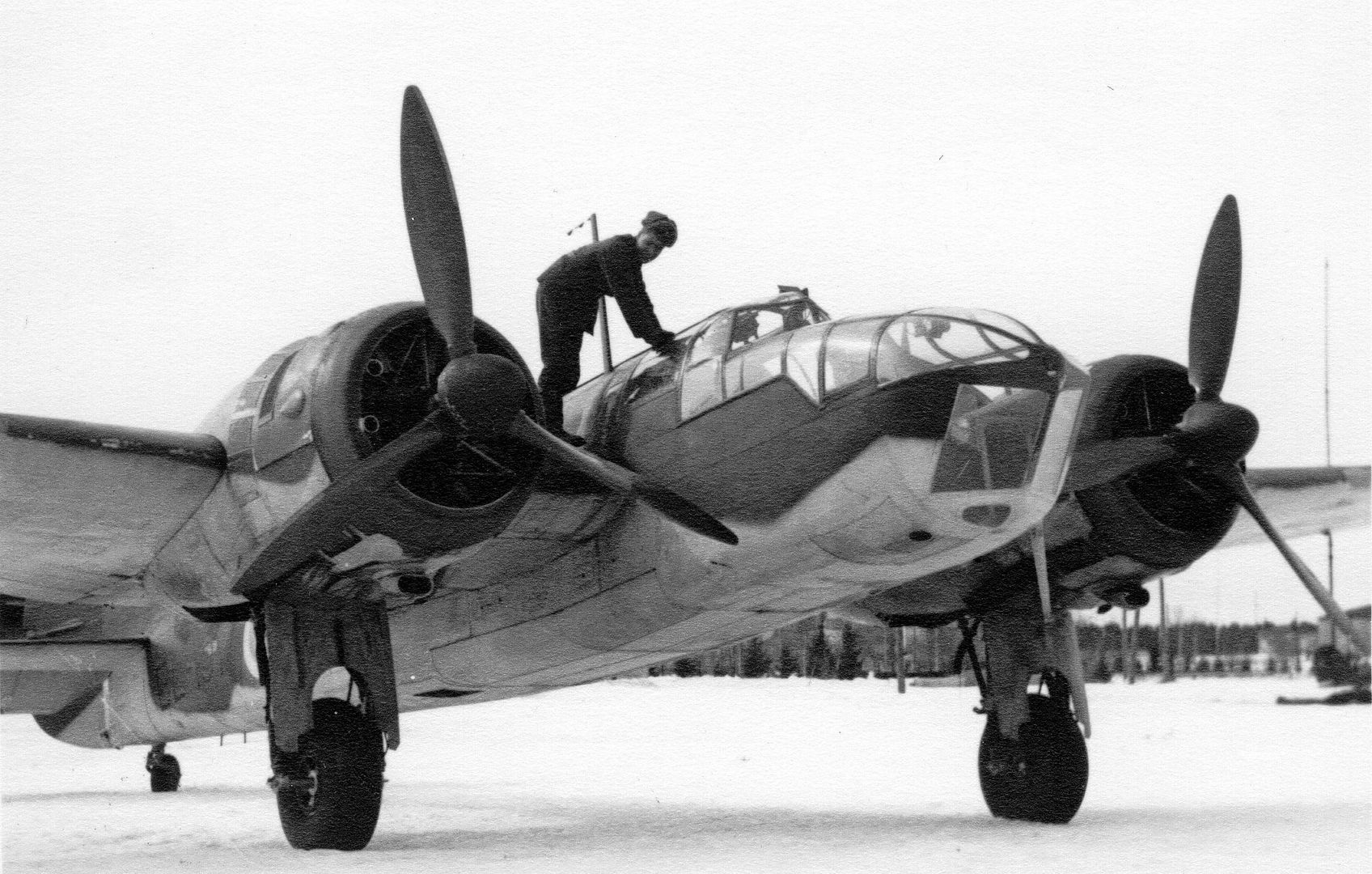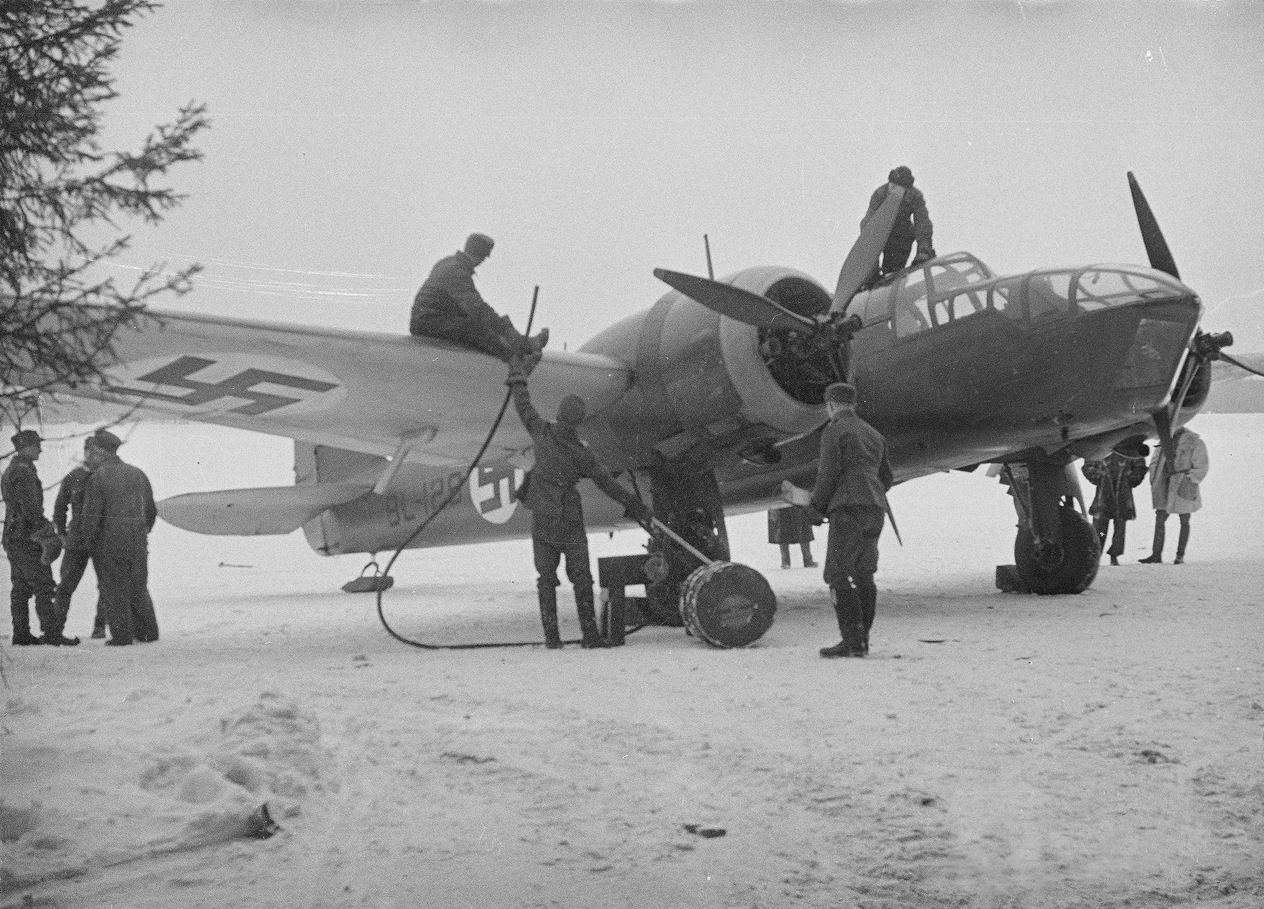Forums
- Forums
- Axis And Allies Forum
- General Discussion
- Photo of the week
Photo of the week
Post a reply
- Go to Next topic
- Go to Welcome
- Go to Introduce Yourself
- Go to General Discussion
- Go to Screenshots, Images and Videos
- Go to Off topic
- Go to Works in Progress
- Go to Skinning Tips / Tutorials
- Go to Skin Requests
- Go to IJAAF Library
- Go to Luftwaffe Library
- Go to RAF Library
- Go to USAAF / USN Library
- Go to Misc Library
- Go to The Ops Room
- Go to Made in Germany
- Go to Campaigns and Missions
- Go to Works in Progress
- Go to Juri's Air-Raid Shelter
- Go to Campaigns and Missions
- Go to Works in Progress
- Go to Skinpacks
- Go to External Projects Discussion
- Go to Books & Resources
-
10 years ago
 Main Admin
Main Admin -
10 years agoWed Sep 09 2015, 04:31pm
 Main AdminHMS Battler was built in the USA at Ingalls, Pascagoula, Mississippi on 15 April 1941, being laid down as mercantile Mormactern, launched 4 April 1942, converted as USS Altamaha AVG-6, and transferred to the RN on completion 31 October 1942. She was commissioned as HMS Battler on 15 November 1942.
Main AdminHMS Battler was built in the USA at Ingalls, Pascagoula, Mississippi on 15 April 1941, being laid down as mercantile Mormactern, launched 4 April 1942, converted as USS Altamaha AVG-6, and transferred to the RN on completion 31 October 1942. She was commissioned as HMS Battler on 15 November 1942.
The "Attacker" Class were the second batch of escort carriers built in the USA for the Royal Navy, the lead ship - Attacker - having originally been intended to be one of the "Avenger" Class. They were also the first escort carriers to be ordered after the USA entered the war; the USN kept the other 10 vessels ordered at the same time, as these became the "Bogue" Class. Speed was increased to18 knots, although overall size and displacement were much the same as the earlier classes. Although the first of the class arrived in the UK in January 1943, none actually commenced active service until August of that year. Once the ships were ready for action they soon proved themselves, both as convoy escorts and fighter support ships for amphibious landings.
HMS Battler served in WWII providing convoy escort in the Atlantic and Indian Ocean. She returned to the USN on 12 February 1946. She was scrapped at Baltimore.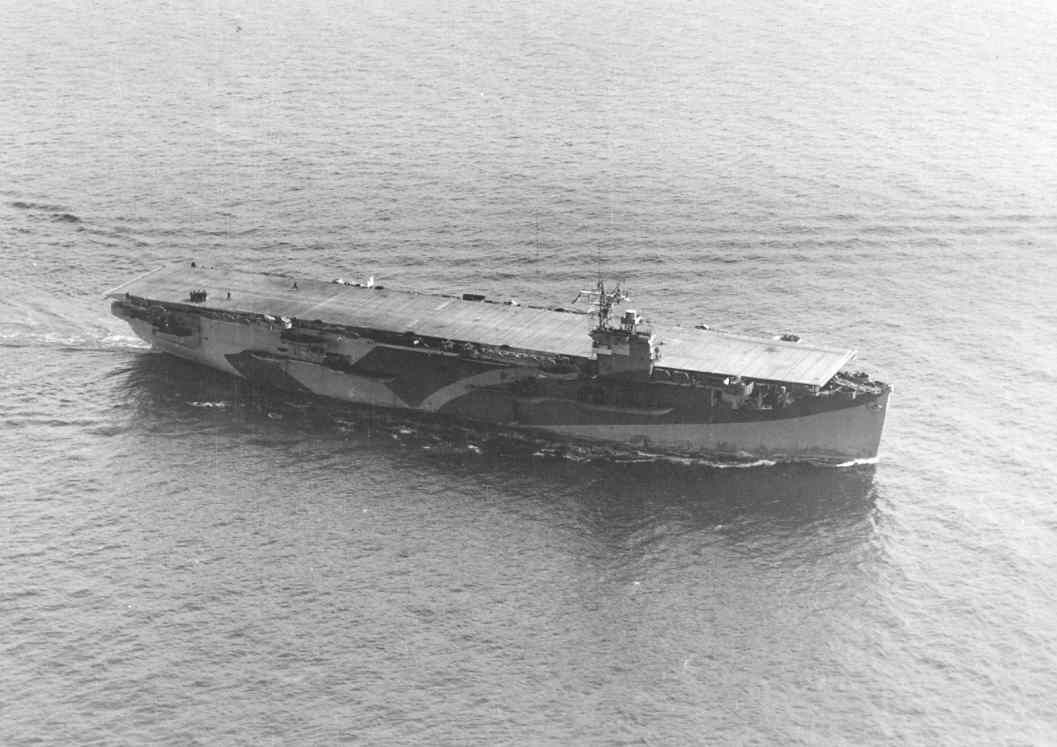
Below Maintenance crews bringing a torpedo-loaded Fairey Swordfish to the flight deck of the BATTLER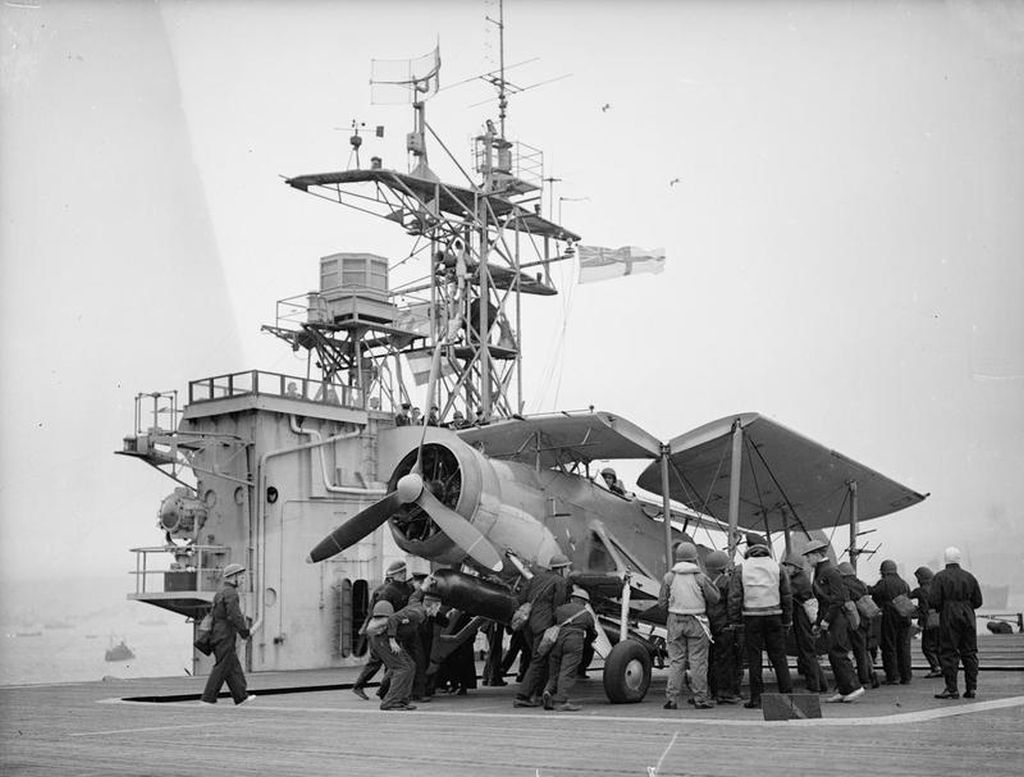
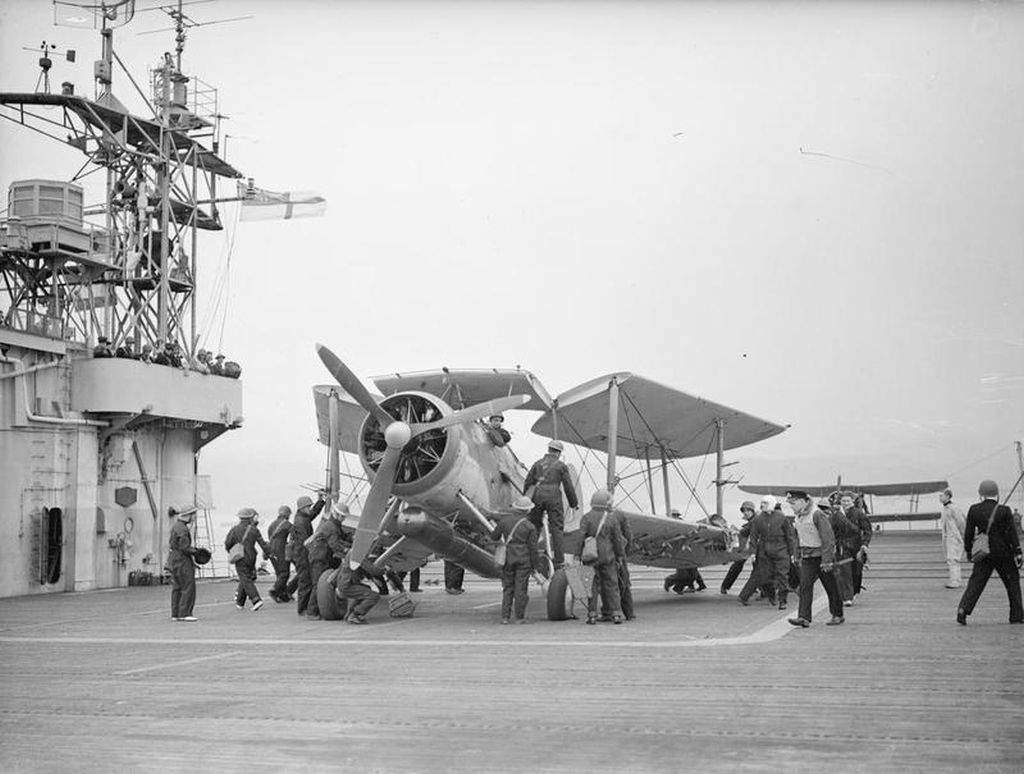
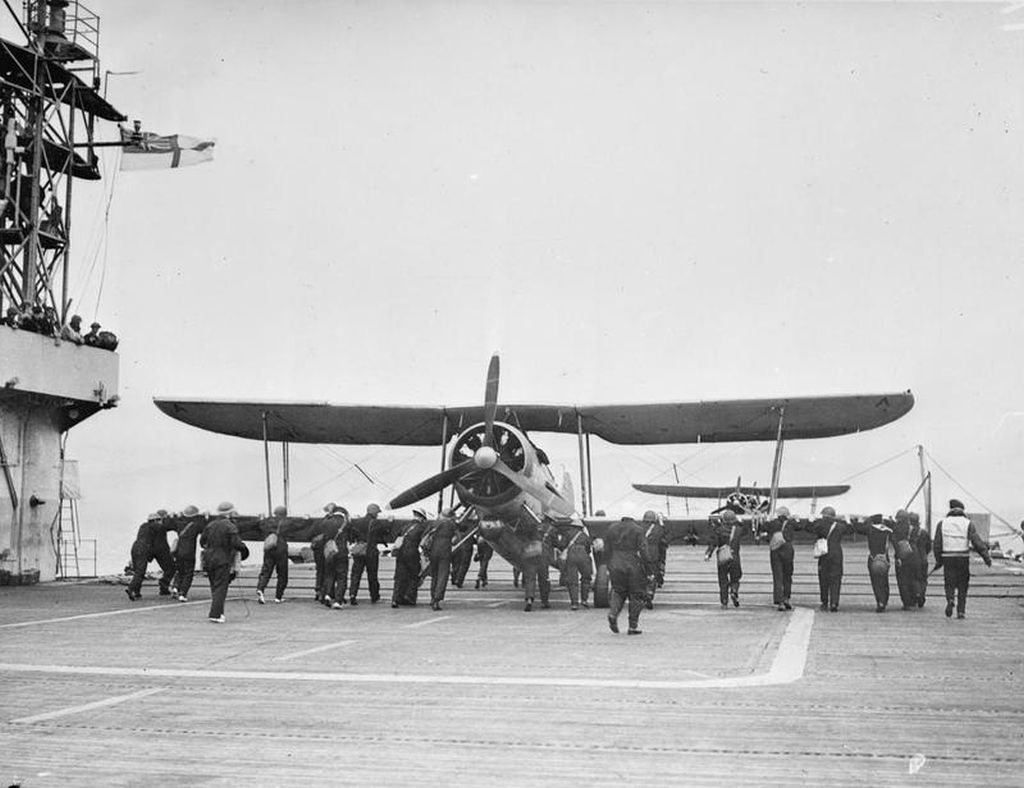
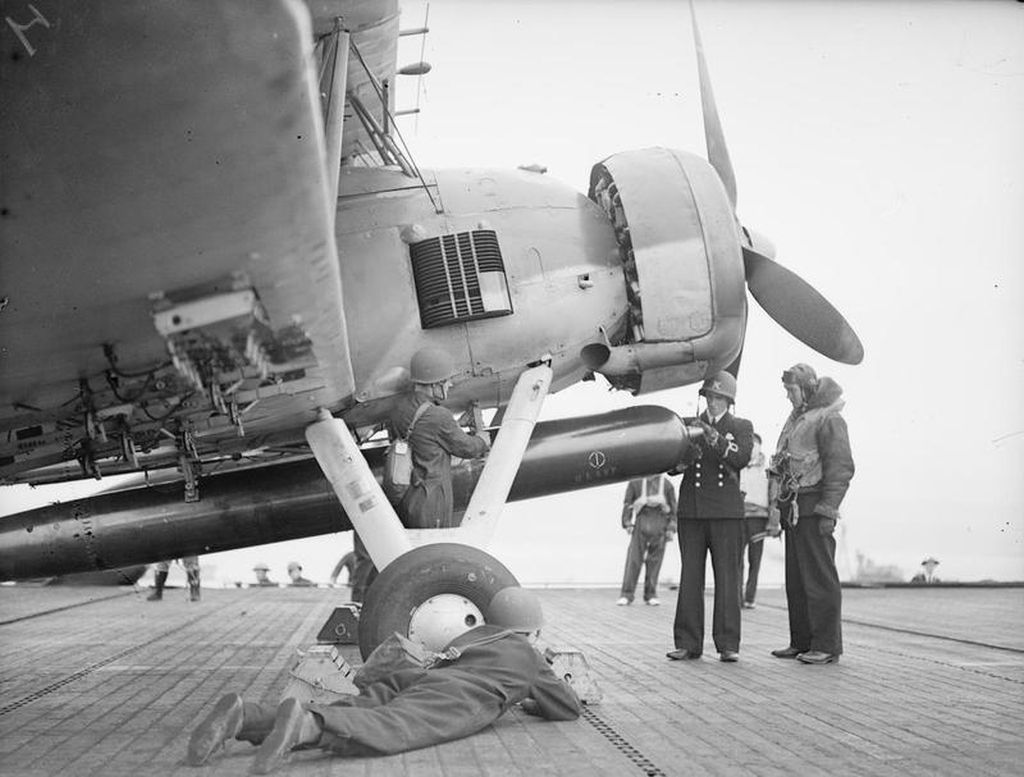
-
10 years ago
 Main Admin" In February 1943, a Mk TIC equipped with RATOG (rocket-assisted take-off gear) from the RAE Farnborough carried Out trials aboard HMS Illustrious. The RATOG trials were the direct result of the fact that, other than Fleet carriers of the Illustrious class, the Navy's carriers did not have catapults compatible with the spigots and spools of the Seafire, rockets thus being the only readily available means of shortening take-offs. Although the trials aboard Illustrious were pronounced successful and subsequent production Seafires were provided with RATOG attachment points, this rather dramatic means of reducing take-off distances possessed some obvious operational disadvantages and was never, in fact, to be used by Seafires during the war."
Main Admin" In February 1943, a Mk TIC equipped with RATOG (rocket-assisted take-off gear) from the RAE Farnborough carried Out trials aboard HMS Illustrious. The RATOG trials were the direct result of the fact that, other than Fleet carriers of the Illustrious class, the Navy's carriers did not have catapults compatible with the spigots and spools of the Seafire, rockets thus being the only readily available means of shortening take-offs. Although the trials aboard Illustrious were pronounced successful and subsequent production Seafires were provided with RATOG attachment points, this rather dramatic means of reducing take-off distances possessed some obvious operational disadvantages and was never, in fact, to be used by Seafires during the war."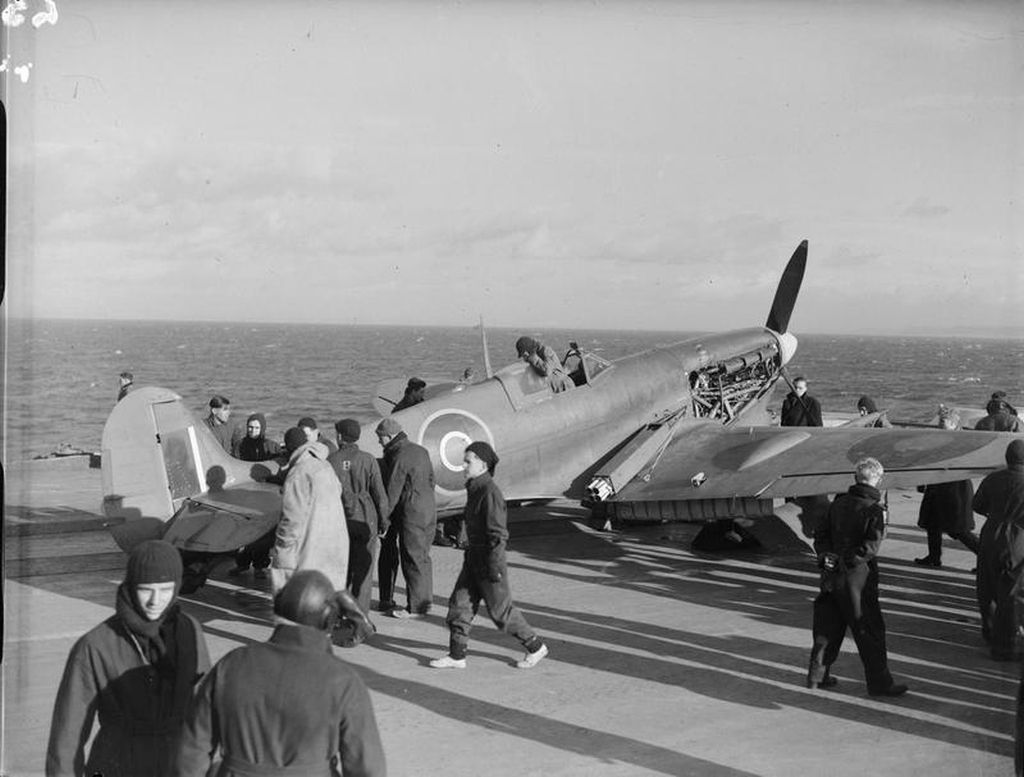
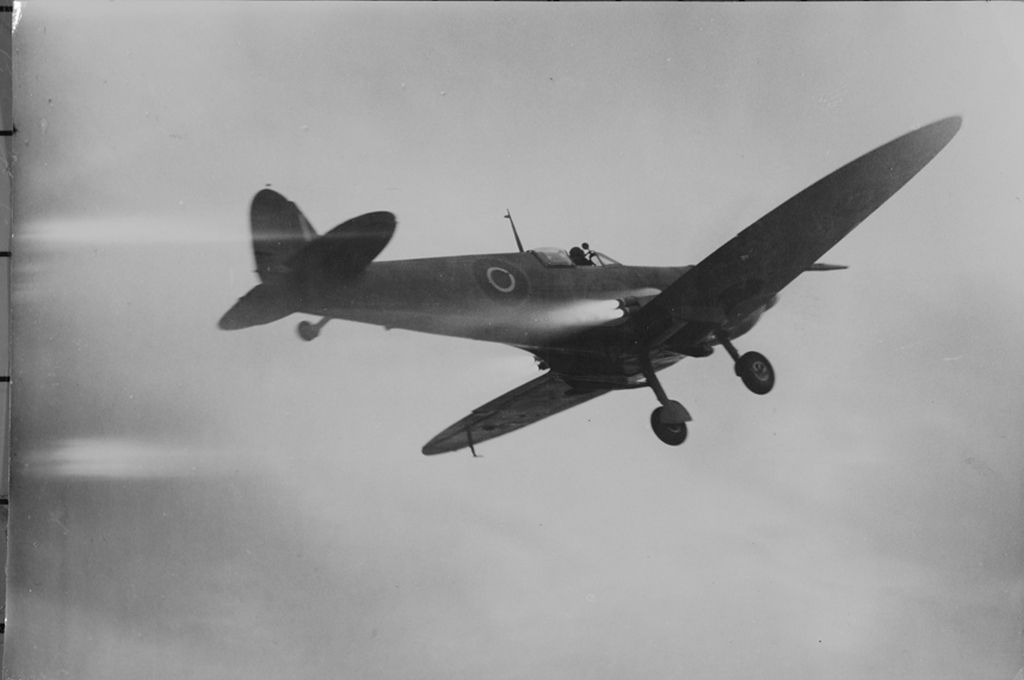
-
10 years agoSat Sep 12 2015, 04:21pm
 Main Admin
Main Admin -
10 years ago
 Main Admin
Main Admin -
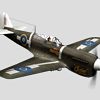 AdminNice shots and that's some pretty extensive exhaust staining!
AdminNice shots and that's some pretty extensive exhaust staining! -
10 years agoWed Sep 16 2015, 10:46pm
 Main AdminMid week bonus
Main AdminMid week bonus
Three this week of a HE-115B-1.
Taken at Lufttorpedoschule Gro?enbrode.
Naval Aviation Station (German: Seefliegerhorst) Gro?enbrode was an airfield in the town of Gro?enbrode, north of L?beck on the coast of the Baltic Sea.
During World War II it was a naval base for the Kriegsmarine, built between 1937 and 1942.
It bordered on an inlet of the Baltic Sea, which had ideal circumstances to practice takeoffs and landings on water.
At the same time it also had two crossing runways.
The station came under military command in August 1938 and 10 months later the Air Torpedo School (german: Lufttorpedoschule) was opened.
On 15 October 1941 the Lufttorpedoschule got its air wing; KSG2 (Kampfschulgeschwader 2) with 2 Training Groups (Lehrgruppen)
Only 6 weeks later the Wing got deployed to Grossetto in Italy
in March 1942 the "Lufttorpedoschule der Luftwaffe" was renamed to "Flieger Waffentechnishe Schule 3 (Fl.Waff.T.S.3)" or Aviator Weapon Technics School.
It kept this name until the end of the war.
Gro?enbrode did not at any time during the war have any units of its own assigned
the installation and its facilities were to:
- give basic and advanced courses to aircrew in dropping airborne torpedos (LT or Luft Torpedos, until 1941)
- give basic and advanced courses to groundcrew in handling airborne mine laying (LM or Luft Minen) and airborne torpedoing (LT-) aircraft
- conversion of aircrew to new or different aircrafttypes
- conversion of different aircrafttypes
- replacing and retraining of Squadrons and Groups
- working up of operational squadrons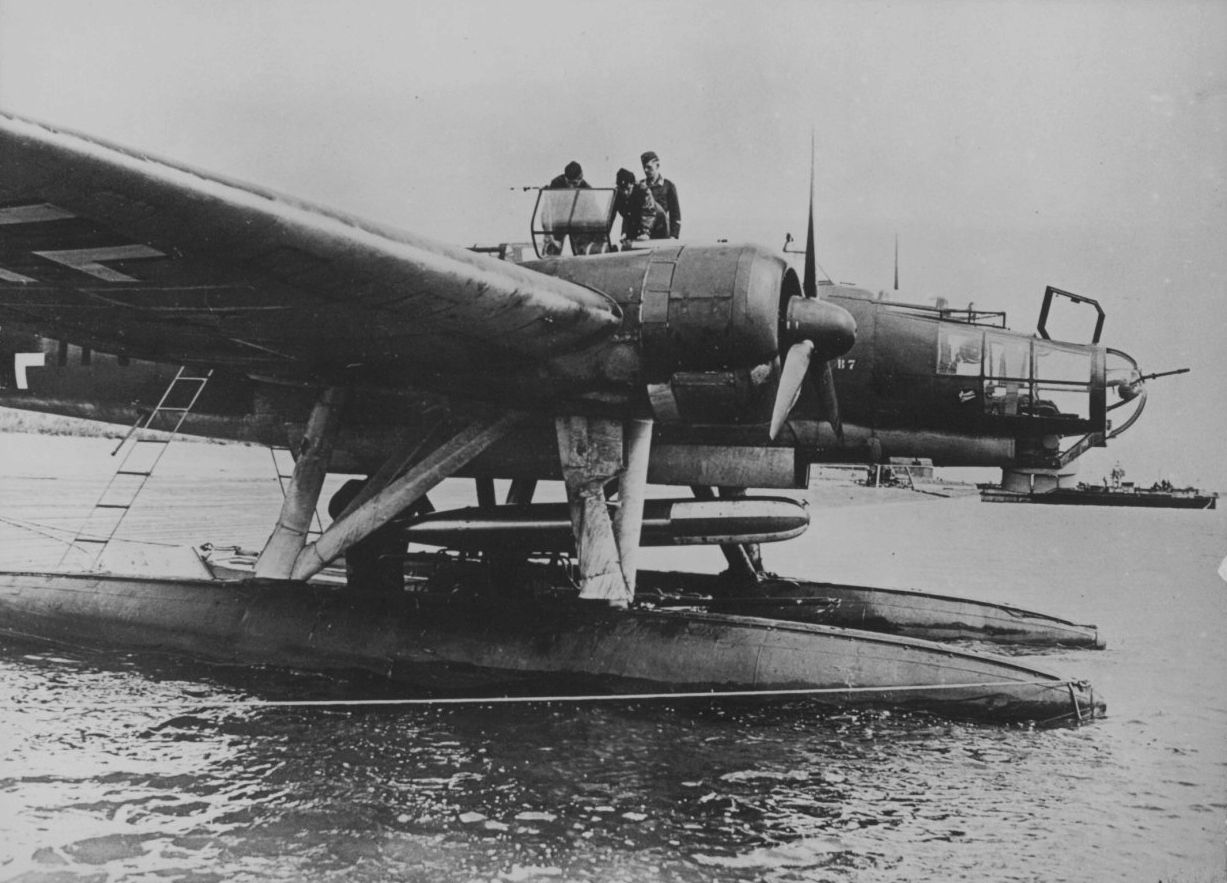

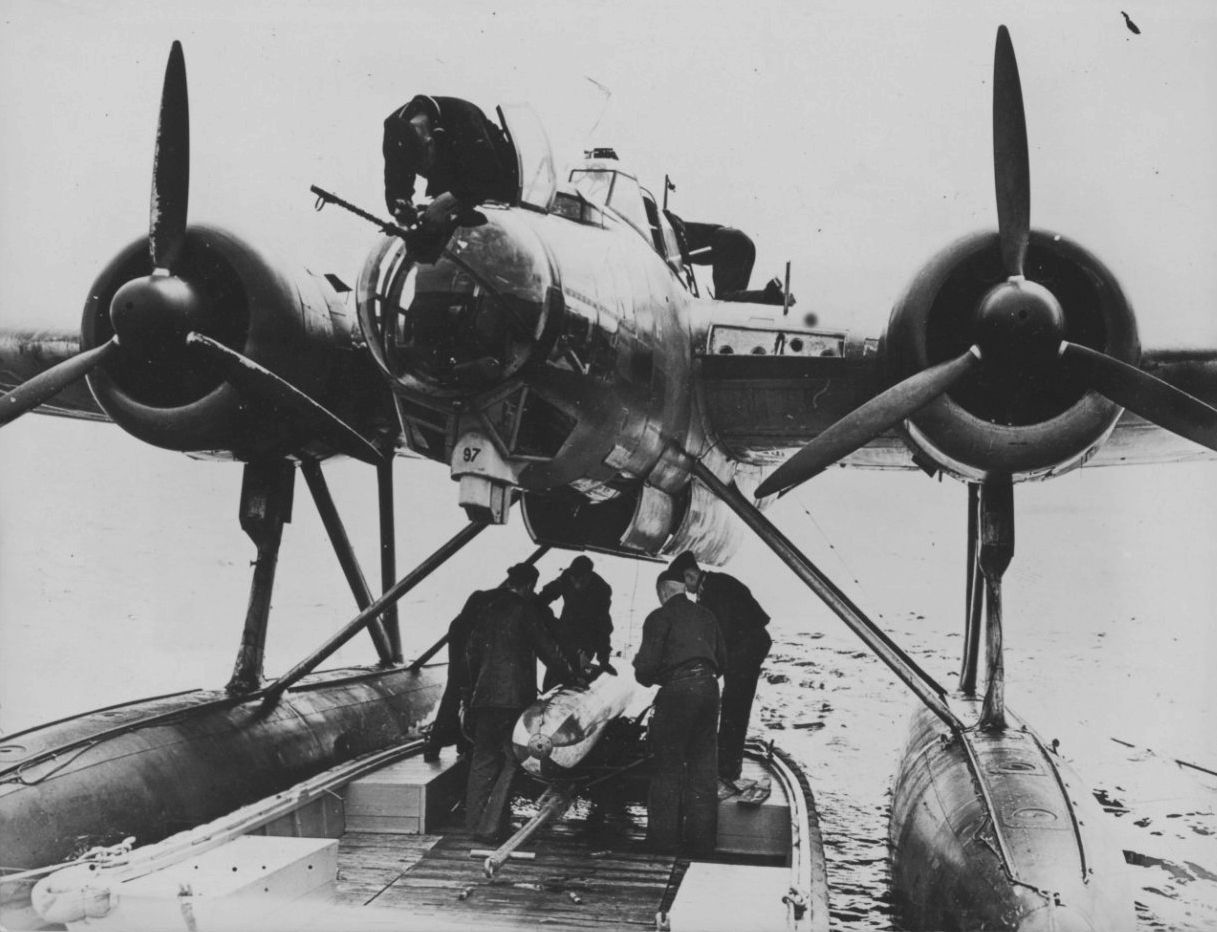
-
10 years agoFri Sep 18 2015, 05:38pm
 Main Admin
Main Admin -
10 years ago
 Main Admin
Main Admin -
10 years ago
 Main Admin
Main Admin
Post a reply
- Go to Next topic
- Go to Welcome
- Go to Introduce Yourself
- Go to General Discussion
- Go to Screenshots, Images and Videos
- Go to Off topic
- Go to Works in Progress
- Go to Skinning Tips / Tutorials
- Go to Skin Requests
- Go to IJAAF Library
- Go to Luftwaffe Library
- Go to RAF Library
- Go to USAAF / USN Library
- Go to Misc Library
- Go to The Ops Room
- Go to Made in Germany
- Go to Campaigns and Missions
- Go to Works in Progress
- Go to Juri's Air-Raid Shelter
- Go to Campaigns and Missions
- Go to Works in Progress
- Go to Skinpacks
- Go to External Projects Discussion
- Go to Books & Resources
